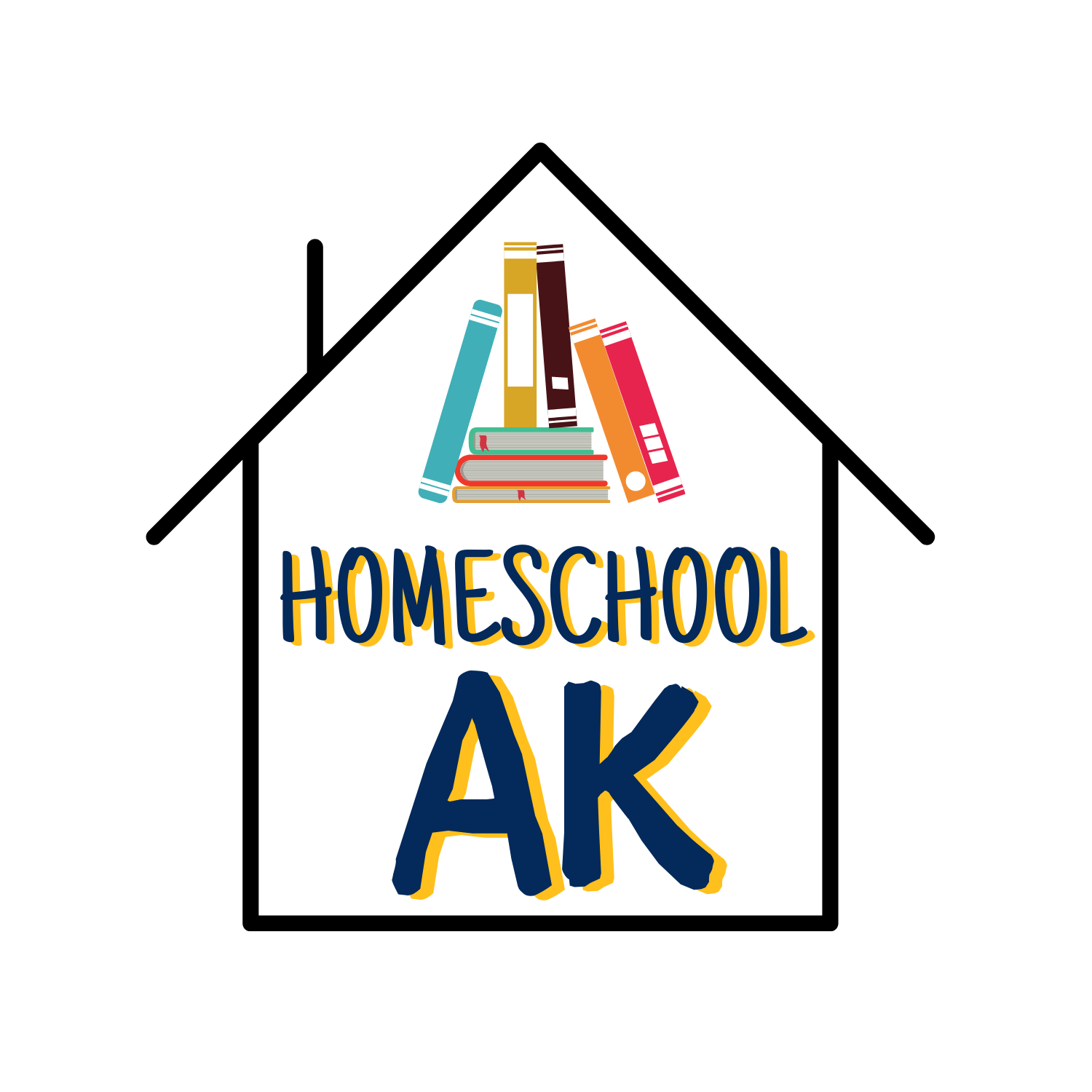How to Choose a Homeschool Program in Alaska
What’s the best homeschool program in Alaska?
This is incredibly subjective, and depending on who you ask, you will receive a different answer. A program that’s a great fit for one family may not best suited for another. And while all the correspondence schools / homeschool programs must follow certain state regulations, each program has its own set of rules and requirements.
We’ve compiled a list of questions you may find helpful to ask programs during your research to choose “the right one” for your family. A very special thank you to Support for the Sudden Homeschooler for compiling the majority of these questions & allowing us to share them with you!
INTERVIEW QUESTIONS FOR CORRESPONDENCE SCHOOLS / HOMESCHOOL PROGRAMS
What is the school/program’s enrollment process? What do I need to know before enrolling?
What specific requirements are there for students/families enrolled in the program?
The state of Alaska regulates each school and requires monthly check-ins and quarterly samples in language arts and math. Some programs will require only what the state mandates. Other programs will require more including in-person meetings, additional samples for every subject listed on a student’s ILP as well as quarterly grades.
Is your program’s handbook available to preview prior to enrolling?
Some schools publish/share their handbooks on their websites prior to enrollment while others grant access to handbooks privately to those who have enrolled in the program.
What is the average student to teacher ratio?
Make sure you are getting the teacher to student ratio rather than the staff to student ratio as a teacher will have a much greater impact on a program’s services than custodial staff in an administrative building.
Do any of the program’s contact teachers / staff have personal experience homeschooling?
You will want to know if the staff has experience homeschooling and how long they have been working for the program. Do the teachers have detailed knowledge of a wide variety of homeschool specific curriculum?
What are the allotment amounts?
Allotment amounts vary depending on the school/program, as well as the grade of the student, and the number of courses the student plans to complete for the school year.
Are allotments strictly individual or can students in the same family share their allotments?
Some programs allow students in the same family to pool their allotments into one joint account. Others require allotments to remain strictly individual.
Is there an allotment available for preschool age children?
The state of Alaska does not provide allotments for preschool age children, but some schools will provide an allotment for preschool students if an older sibling is already enrolled in the program. FOCUS Homeschool will provide an allotment for preschool students without a requirement of having an older sibling enrolled.
Is there a cap on allotment funds for extracurricular activities?
Are families able to use curriculum of their choice (including religious curriculum) or does the program provide a list of curriculum we must choose from?
Some programs allow families to choose any curriculum while others require families choose curriculum from an approved list.
Is there access to different options of curriculum to preview at the program’s office?
There are so many options for curriculum and it can become incredibly overwhelming. Many programs have designated curriculum / resource rooms at their offices where parents/guardians can see curriculum choices firsthand. This can be extremely helpful with narrowing down options & deciding which curriculum to purchase for your students.
What is the average processing time for direct purchasing? What is the average processing time for reimbursement?
Direct purchasing is when the correspondence school/homeschool program handles purchasing of curriculum, supplies, lessons, activities, etc. Many programs will direct bill which means you do not have to pay out of pocket and seek reimbursement later.
Does the program have a lending library for students who are enrolled?
In addition to curriculum / resource rooms, some programs offer extensive lending libraries with books, kits, equipment, etc. This can be a huge perk and extremely helpful for homeschool families.
Does the school/program provide students/families with any additional free resources outside of the annual allotment?
Some programs offer valuable FREE resources outside of allotment — free courses, activities, internet and/or scholarships may mean that a program with a lower allotment will provide far more value to your family.
What is the technology policy?
You will want to know if your students will be expected to share a device or if they can each purchase one, as well as if you are limited to a specific brand or model. Find out their policy for how it will be handled if you need to replace or upgrade any technology. Make sure to ask if the technology will be yours to keep or if you will need to return it.
What is the internet policy?
Some programs will reimburse for internet outside of allotment while other programs will only pay for a portion of internet. Some programs have the ability to direct bill one or two mifi devices for families.
Does the program offer activities, workshops, clubs and/or field trips? Please list a few examples.
Some programs offer a wide variety of opportunities for students to participate in activities outside the home. You will want to know what is available. Some programs will also organize activities and field trips based on students’ interests, others require parents to organize, plan and host all classes and activities.
Are any career development and leadership opportunities provided for older students? If so, please explain these potential opportunities.
Can my child dual enroll in the homeschool program and another school?
If we choose to withdraw from the program, what is the process and policy for returning items that were purchased with allotment funds?
Some programs allow families to keep items purchased with allotment funds (usually after enrolled a certain amount of time) while others require payment for items not returned upon withdrawal.

Once you’ve narrowed down your top picks, schedule an appointment to go visit their office in person! This can help you get a better feel for the program and what it has to offer families who are enrolled.
Get new content delivered directly to your inbox.
